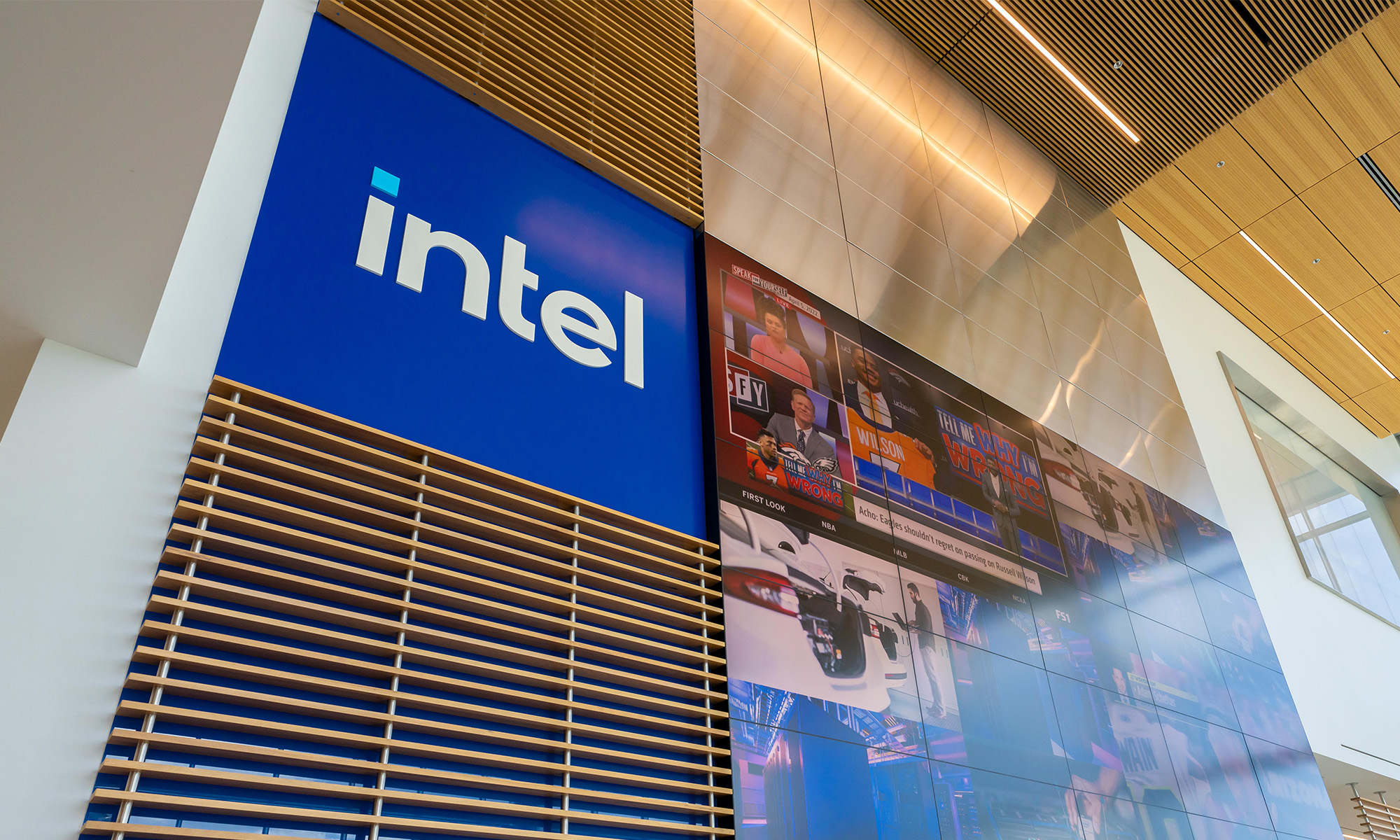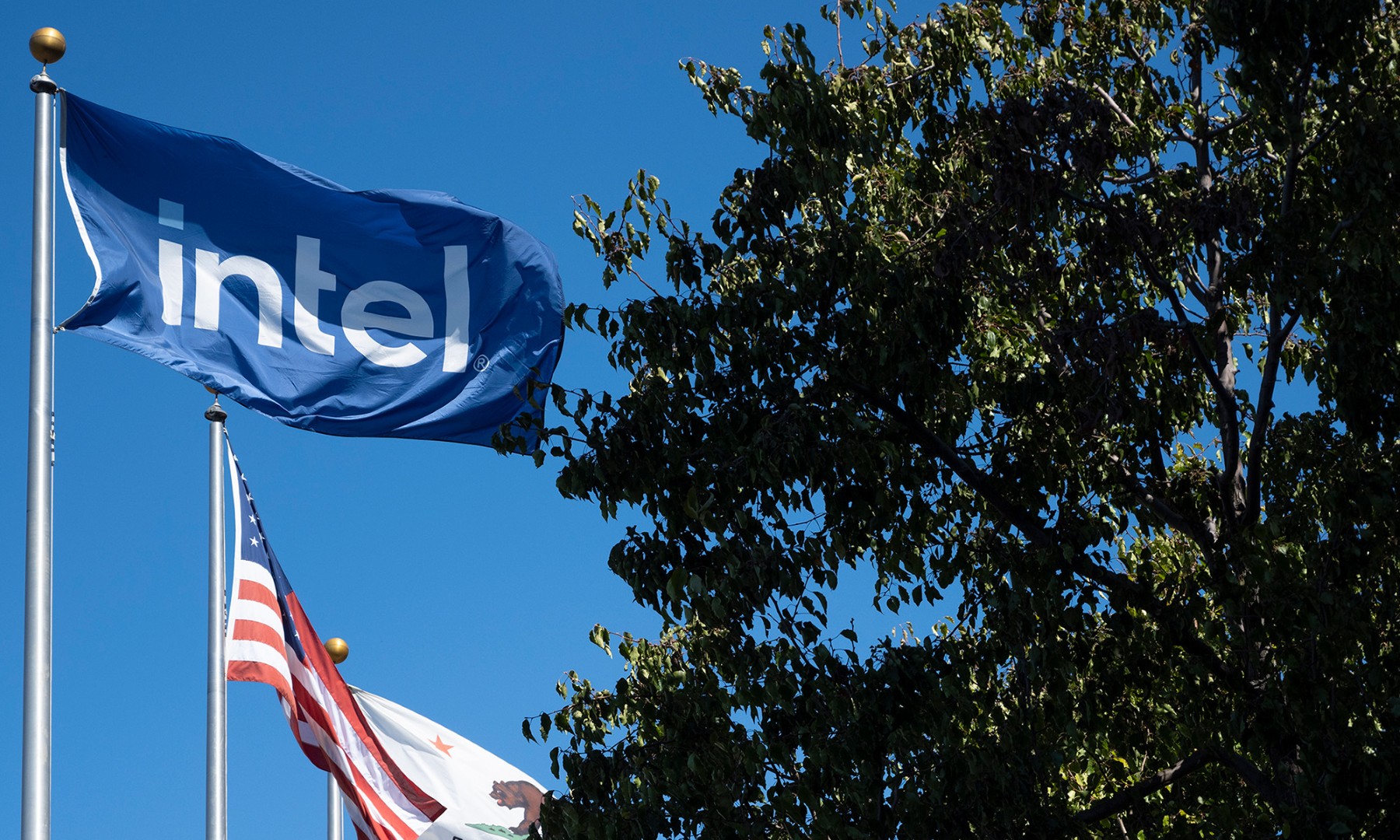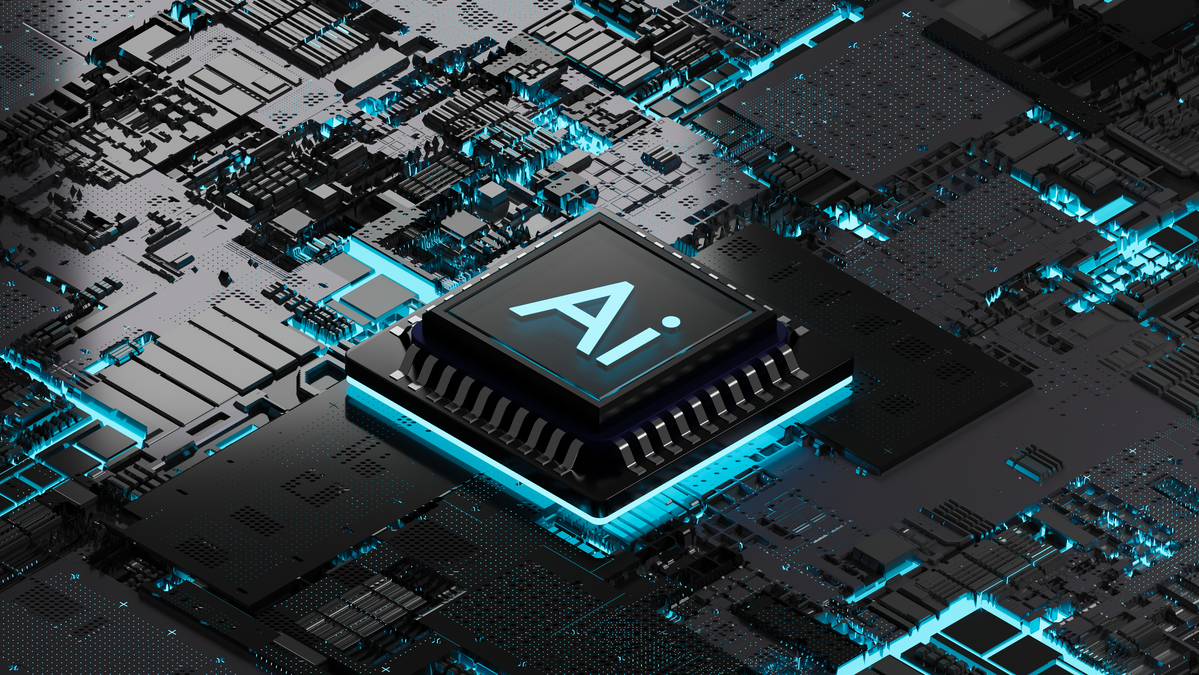Computing pioneer Intel (INTC 4.33%) began 2025 with two simple goals: find a leader and find some cash. In March, it found its leader when it hired new CEO Lip-Bu Tan. And during the third quarter of 2025, Tan found the cash.
On Aug. 18, Intel got a $2 billion investment from Japan's SoftBank Group. Then on Aug. 22, it got a $5.7 billion investment from the U.S. government. And finally on Sept. 18, Nvidia got in on the action with a $5 billion investment in Intel of its own.

Image source: Getty Images.
Intel didn't only find cash from outside investments. It also made some deals of its own. In March, it announced a deal to sell 51% of its Altera business to Silver Lake for $4.3 billion -- a deal which closed in Q3. Then in July, Mobileye Global had a secondary offering so that Intel could unload 50 million shares, allowing it to raise another roughly $900 million.
Here's the net result: Intel now has nearly $31 billion in cash, cash equivalents, and short-term investments as of the end of Q3, compared with just $22 billion at the start of the year. Moreover, the company repaid $4.3 billion in debt during Q3, further improving the balance sheet.
Intel's Q3 cash haul is a much-needed win, especially considering what it's trying to accomplish in the coming years.
Building up its external base of customers
In its annual report for 2024, Intel said, "We are also seeking to expand as a third-party foundry for external customers." And that's what this cash haul is all about: Intel is trying to build a winning foundry business.

NASDAQ: INTC
Key Data Points
A semiconductor foundry builds chips for other companies based on the design of the customer. Taiwan and China are dominant countries in this space. That's of interest to the U.S. government and it's why it invested so heavily in Intel -- it wants Intel to increase the foundry business on U.S. soil.
About one-third of Intel's Q3 revenue was from its foundry business. And that segment reported a 2% year-over-year decline. Clearly the company still has work to do to convince external customers to build with Intel's foundry.
Intel will be using some of its cash to increase its foundry business in the coming years. Consider that in 2024, Intel had capital expenditures of about $17 billion but expects those expenses to rise to $27 billion on a full-year basis in 2025. Not all of this is for the foundry business, but directionally it shows that Intel is spending money to improve its competitive position.
The next win that Intel needs
I'd say that Intel has notched two victories in 2025: It has a new CEO and it has a lot of fresh money. Now it needs a third big win: foundry customers.
Some speculate one of these could be Apple. Last month an unnamed source told Bloomberg that Intel had approached the iPhone maker looking for an investment. One could speculate that an equity investment might also include a deal for Apple to use Intel's foundry.
However, at this point, this is nothing more than conjecture. That said, I believe it does show some potential. Intel wants to build a domestic foundry business. The U.S. government wants this as well, and many tech giants have made pledges regarding domestic production.
Now armed with more cash, Intel is preparing to ramp up semiconductor production for external customers. And it may only take one big customer win to really gain some momentum toward Tan's long-term vision for Intel. That's what investors should watch from here.





